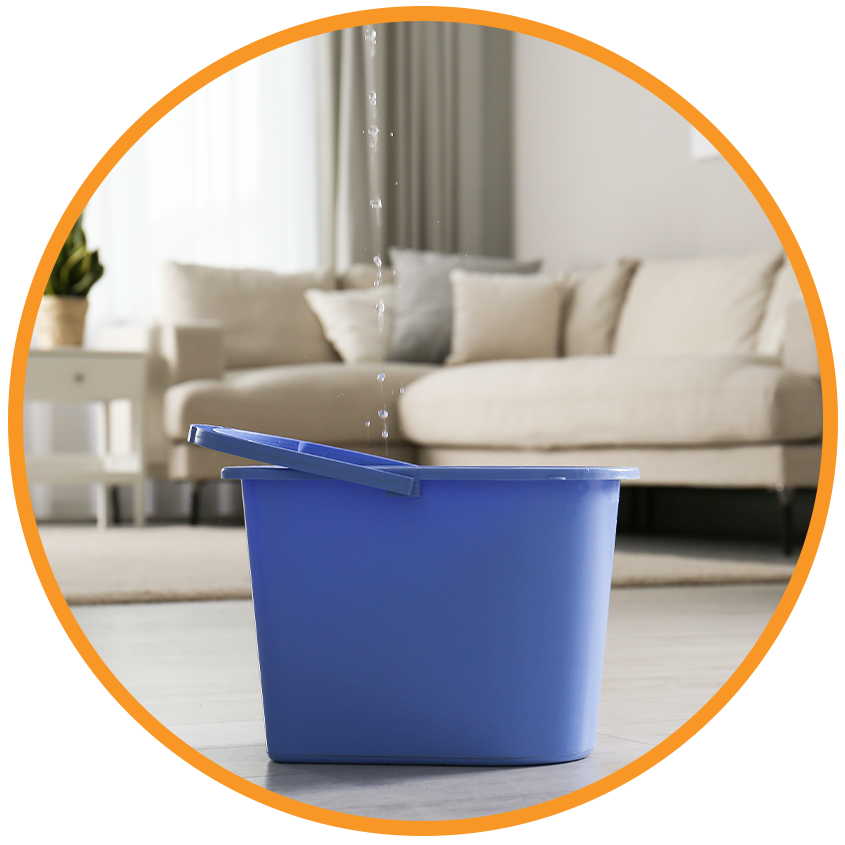- Alana Hermann
- Comments 0
- 01 Nov 2025

Safeguarding Your Hydration: Mastering Water Safety During Emergencies
Water is essential for life, and ensuring its safety is crucial, especially during emergencies. From natural disasters to disruptions in municipal water supplies, various situations can compromise water quality. This comprehensive guide delves into practical measures and best practices for enhancing water safety during emergencies, empowering you to stay prepared and informed.
can provide essential guidelines for maintaining safe drinking water during crises.
The Dangers of Contaminated Water
Understanding the threats posed by contaminated water is the first step toward ensuring water safety during emergencies. Various factors can lead to unsafe drinking water, including:
- Natural disasters: Floods, hurricanes, and earthquakes can damage water infrastructure, leading to contamination.
- Pollution incidents: Industrial spills or chemical runoff can introduce harmful substances into local water supplies.
- Infrastructure failure: Aging or damaged pipes can leach contaminants, compromising water quality.
Recognizing Unsafe Water Indicators
Identifying signs of compromised water can help protect your health. Be vigilant for these indicators:
- Off-putting odor or color: Water that smells foul or has an unusual hue should be avoided.
- Advisories from local authorities: Stay updated on public health advisories regarding water safety.
- Recent floods: Water that comes into contact with floodwaters is likely to be contaminated.
By recognizing these warning signs, you can take appropriate action to ensure water safety during emergencies.
Practical Alternatives for Safe Drinking Water
When disasters occur, knowing where to find safe drinking water options is essential. Here are some effective alternatives to tap water during emergencies:
1. Bottled Water: Your Go-To Option
Bottled water offers a convenient way to meet hydration needs during crises. However, keep these considerations in mind:
- Quality checks: Verify that the bottled water is sealed and hasn’t passed its expiration date.
- Storage considerations: Store bottled water in a cool, dark place to maintain its quality.
2. Boiling: A Time-Tested Method
Boiling water is one of the safest methods to kill harmful pathogens. Here’s how to do it correctly:
- Bring water to a rolling boil for at least one minute. For those at high elevations (above 6,500 feet), boil for three minutes to ensure safety.
- Allow cooling: Let the water cool naturally before drinking or storing it.
3. Water Treatment Solutions
If you suspect that your water supply may be compromised, consider the following treatment options:
- Water purification tablets: These tablets are effective against bacteria and viruses. Follow package directions carefully for optimal use.
- High-quality filters: Invest in a water filter that meets EPA standards to remove contaminants from your water supply.
Preparing for Water Safety During Emergencies
Being prepared can make all the difference in times of crisis. Here are key steps to enhance water safety during emergencies:
Create Your Emergency Water Plan
Establishing a clear plan ensures you and your family have access to safe drinking water. In times of disaster,
offers valuable insights on emergency preparedness. Consider including the following elements:
- Emergency contacts: Identify people to reach out to for updates on water quality and safety in your area.
- Stock emergency supplies: Keep a supply of bottled water, purification tablets, and other essentials in your emergency kit.
- Regular supply checks: Periodically review your emergency supplies to make sure they are fresh and usable.
Stay Informed About Water Quality
Knowledge is power when it comes to water safety during emergencies. Stay proactive by:
- Following local news: Monitor updates concerning potential threats to the water supply.
- Listening to public health announcements: They will provide critical information about boiling water advisories or any necessary precautions.
FAQ: Water Safety During Emergencies
What is the best way to ensure water safety during emergencies?
Using bottled or treated water is the best approach. Boiling water for at least one minute and utilizing water purification tablets are also effective practices.
How long should water be boiled to ensure safety?
Boil water for at least one minute; at higher elevations, increase the boiling time to three minutes.
How can I store water safely during emergencies?
Store bottled water in a cool, dry location away from direct sunlight, and ensure containers are sealed and clean.
What should I do if I suspect my water is contaminated?
Avoid using the water for drinking or cooking and seek alternatives like bottled water or boiled water until safety can be confirmed.
Can I use water filters during an emergency?
Yes, high-quality water filters that meet EPA standards can help remove contaminants. Ensure you have the right filters ready for use in emergencies.
Conclusion: Championing Water Safety During Emergencies
In conclusion, understanding and implementing strategies for water safety during emergencies is vital to safeguarding your health. By actively preparing and staying informed, you can ensure that you and your family have safe drinking water when it matters most. Remember, being proactive is key, and with the right knowledge and resources, you can navigate any water emergency with confidence. Public health announcements often include
that outline necessary precautions.


